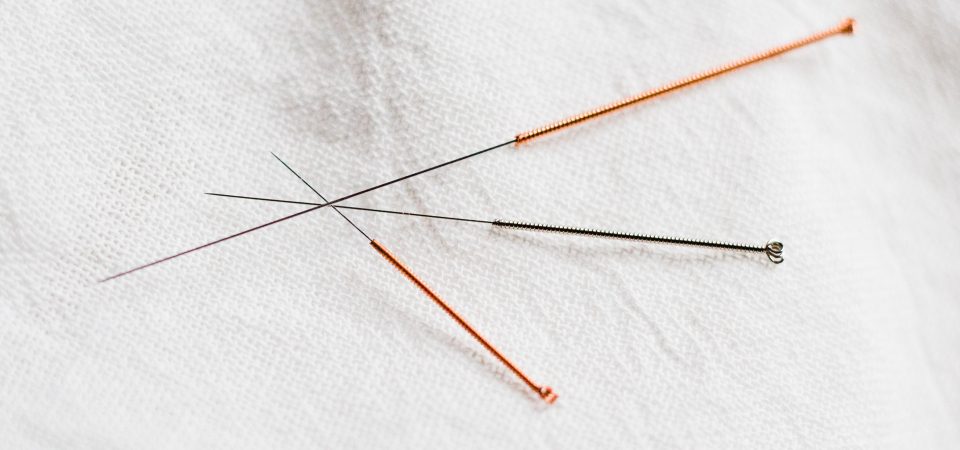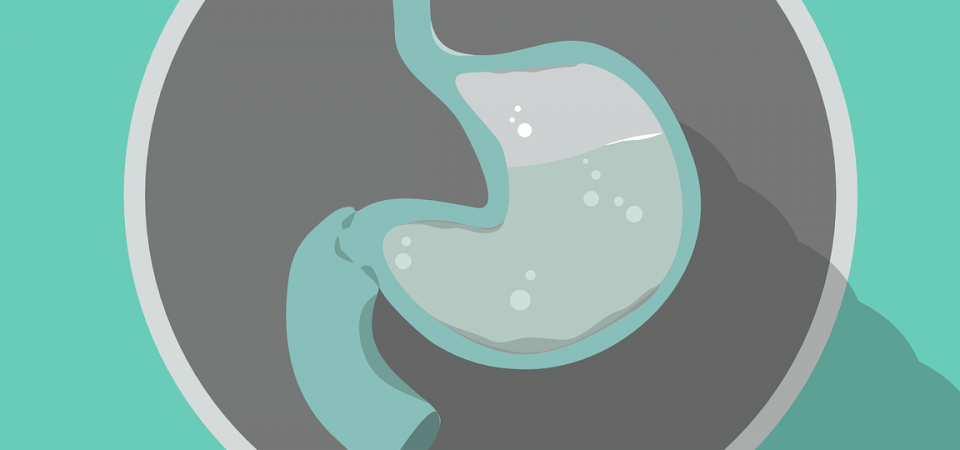Even though they can ruin your life, nobody wants to talk about hemorrhoids, a condition in which the veins in the anus and rectum become swollen and inflamed. Although the internet is full of miracle hemorrhoid remedies, it’s best to address the underlying cause to keep them away for good.
Hemorrhoids can occur inside or outside the anal cavity. Symptoms include bleeding, feeling the urge for a bowel movement, and acute pain, itching, and irritation around the anus. Although hemorrhoids during pregnancy are normal for many women, in other cases they can indicate problems with your gut health, your diet, or even your brain function.
Constipation and hemorrhoids
The most common cause of hemorrhoids is constipation due to a diet low in fiber; the average American or Canadian eats less than half the recommended dietary intake. If this is the cause, it’s an easy fix that requires eating ample amounts of vegetables and low-glycemic fruits (such as apples, cherries, dried apricots, strawberries and peaches). Get used to including vegetables in most every meal—think veggie omelets for breakfast, salads with lunch, sautéed vegetables for dinner, and raw carrots and celery with snacks. When you increase your fiber intake, make sure to stay hydrated by drinking plenty of filtered water. Regular exercise also helps keep things moving along to prevent constipation.
Benefits of increasing your dietary fiber intake go well beyond preventing hemorrhoids. A high-fiber diet has also been shown to reduce the risk for heart disease, stroke, high blood pressure, obesity, diabetes, and some gut disorders.
Could your brain be causing your constipation and hemorrhoids?
Sometimes constipation is not just diet related and hemorrhoids persist. Constipation may be caused by poor brain function, which Dr. Kharrazian discusses in his book Why Isn’t My Brain Working? A large nerve called the vagus nerve runs between the brain and the gut. If brain health is suboptimal, the brain will not adequately fire into the vagus nerve. Due to diminished communication from the brain, gut function declines and can cause symptoms that include constipation and hemorrhoids. This helps explain why gut function suffers after head injuries, with dementia, or in children with autism.
Fortunately, it is often possible to improve function of the vagus nerve with exercises such as gargling vigorously and frequently, singing loudly, or stimulating the gag reflex.
Take care of gut health to prevent hemorrhoids
The anus and rectum are part of the digestive tract and hemorrhoids can be a sign digestive tract health is compromised. Common disorders of the digestive tract include inflammation, overgrowth of yeast and bacteria, and leaky gut, a condition in which the intestinal walls become overly porous and allow undigested foods and bacteria into the bloodstream. It’s important to address overall gut health if you have hemorrhoids.
There can be several ways of approaching this. One is to reduce inflammation of the gut by eliminating sugars, junk foods, and foods to which you are intolerant, such as gluten or dairy. For instance, many people have found relief from hemorrhoids by following a gluten-free diet.
Addressing yeast and bacteria overgrowth and following a leaky gut diet can further improve gut health and potentially relieve hemorrhoids. You can further support gut health with specific nutritional compounds—ask my office for advice that is specific for you.
A variety of factors can cause hemorrhoids, however it’s always important to address diet and the health of the digestive tract when looking to manage the underlying cause.









